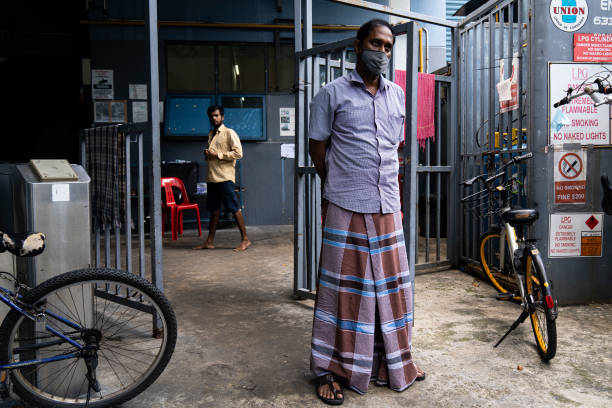Americans demanding an end to social distancing, face masks and other coronavirus restrictions should pay attention to what’s happening on the opposite side of the world, in Singapore.
Because it could easily happen here, too.
Starting in January, reports the New York Times, Singapore “meticulously traced the close contacts of every infected patient, while keeping a sense of normalcy on its streets. Borders were shut to populations likely to carry the contagion, although businesses stayed open. Ample testing and treatment were free for residents.”
In other words, says the Times, “Singapore did almost everything right.”
Key word: almost.
Just in the last few days, the the tiny, prosperous island city-state has seen its virus infections more than double — “with more than 8,000 cases confirmed as of Monday.”
That’s the highest infection rate in Southeast Asia, meaning Singapore abruptly changed from a model for the rest of the world into a coronavirus hot spot.
“Most of the new infections are within crowded dormitories where migrant laborers live, unnoticed by many of the country’s richer residents and, it turns out, the government itself,” the Times says.
This means that the U.S. and the rest of the world shouldn’t rush to return to past behavior patterns, even when the curve of the pandemic appears to have flattened.
Josip Car, a top expert in population health sciences at Singapore’s Nanyang Technological University told the Times that everyone must “adapt to the new normal,” at least until a vaccine is widely available.
“With cases proliferating, Singapore abandoned its strategy of maintaining a semblance of normal life,” the Times say. Schools were closed and residents are now required to wear masks in public.
“Hundreds of thousands of foreign workers have been quarantined in their cramped quarters, with testing among them turning up hundreds of new cases a day.”
Other countries that seemingly brought the pandemic more or less under control are suffering a resurgence of casis, including China and Japan.
“The reality is that Americans and Europeans will face the same issues, too,” said Teo Yik Ying, the dean of the Saw Swee Hock School of Public Health at the National University of Singapore.
“My economist friends may not like this, but if trade and economic activity are resumed and people start moving without adequate measures, there will be subsequent waves of infection.”



